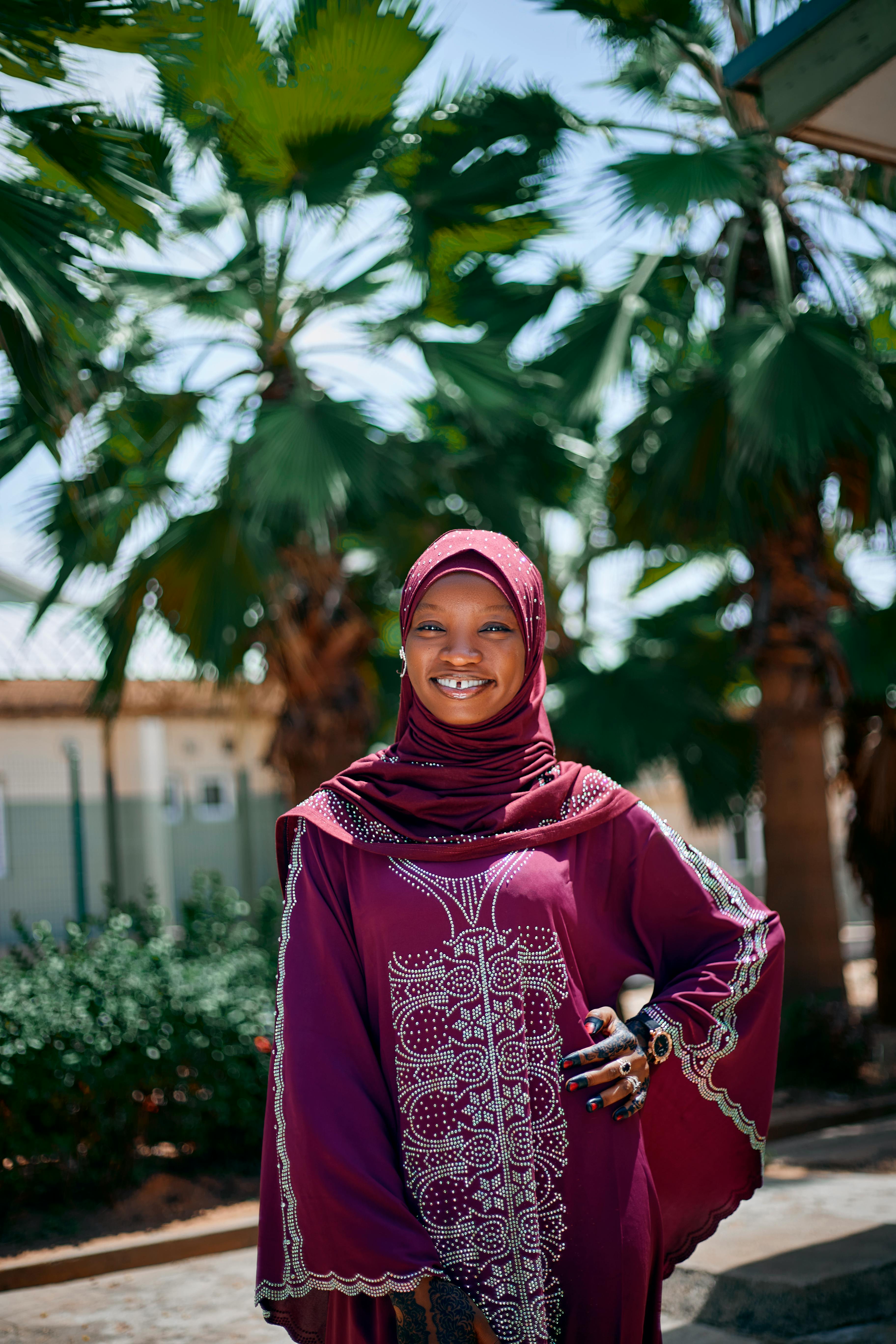Understanding when someone is not interested in a romantic relationship can save you valuable time and emotional energy. Recognizing subtle and obvious signs early helps navigate dating with clarity and respect for both parties involved.
In this article, we cover ten practical indicators that suggest she may not share your feelings. Each point includes actionable insights to help you interpret her behavior and decide your next steps confidently.

Photo by Moh DIKKO Photography
She Offers Minimal Engagement in Conversations
One of the first signs of disinterest is how she communicates with you. If her replies are consistently short, delayed, or one-word answers, it indicates a lack of investment in the interaction.
Active conversations require effort from both sides. When she avoids asking questions or steering the topic forward, it suggests she is not eager to deepen your connection.
To assess this, try initiating topics that invite her opinion or sharing personal stories. If she remains aloof or disengaged, it is a clear signal she does not prioritize your conversations.
She Frequently Says She Is Too Busy to Meet
Everyone has obligations, but a woman interested in you will find ways to make time. When she regularly claims to be busy or unavailable without proposing alternatives, it often means she is politely declining.
Pay attention to whether she suggests rescheduling or seems eager to meet later. If those options are missing, it is likely an indirect refusal.
Respecting her boundaries is important, but persistent unavailability combined with vague excuses is a strong sign of disinterest.
She Often Cancels Plans or Avoids Spending Time
Repeated last-minute cancellations or vague reasons for not meeting indicate avoidance. She may also criticize your proposed plans or show reluctance to commit.
This behavior suggests discomfort or unwillingness to invest time in the relationship. Consistency matters; occasional changes are normal, but patterns of avoidance are telling.
In response, consider whether you feel valued and whether your time is respected. It may be time to reconsider pursuing the relationship if avoidance continues.
She Clearly Keeps You in a Platonic Role
If she introduces you only as a friend, frequently talks about other romantic interests, or avoids intimate communication, she is likely placing you in the friendzone.
Social media behavior can provide clues as well. A lack of interaction on platforms where she is active with others shows a desire to maintain distance.
Understanding this boundary early helps prevent misplaced expectations and emotional investment.
Her Future Plans Do Not Involve You
When discussing the future, notice if she includes you or keeps the conversation strictly about herself or others. An absence of you in her long-term vision signals she does not see a lasting bond developing.
Future-oriented discussions reveal priorities and intentions. If she avoids or deflects questions about what lies ahead with you, it indicates uncertainty or lack of interest.
Engage in open conversations about goals and observe her responses to gauge compatibility and mutual desire.
Her Body Language Shows Discomfort or Disinterest
Non-verbal cues often speak louder than words. Crossed arms, avoiding eye contact, and physical distance are signs she may feel uncomfortable or uninterested.
Notice her reactions to gifts or physical touch. If she pulls away or seems tense, it reflects discomfort rather than affection.
Developing awareness of her body language can help you interpret her true feelings beyond spoken words.
You Are Always the One Putting in Effort
Relationships require mutual effort. If you find that you are always initiating contact, planning meetings, or maintaining communication, it suggests she is not equally invested.
This imbalance can lead to frustration and hurt feelings. Healthy relationships thrive on shared contributions and enthusiasm.
Evaluate how she responds when you reduce your efforts. Her reaction will reveal whether she values the connection or takes it for granted.
She Says She Is Not Ready for a Relationship
Repeated statements about not being ready for romance often serve as a polite way to decline deeper involvement.
Consider whether her actions align with her words. If she continues casual interactions without commitment, she may be avoiding confrontation while maintaining distance.
Respect these boundaries but be cautious of prolonged uncertainty that hinders your emotional well-being.
She Prefers Group Settings Over One-on-One Time
Bringing friends along or only agreeing to hang out in groups can be a method to keep things casual and avoid intimacy.
This behavior reduces pressure and signals she is not ready to engage romantically. It also allows her to maintain control over the social dynamic.
Observe whether she ever suggests private time or deeper conversations outside group settings to assess her true interest.

Photo by Oziel Gómez
She Directs Your Attention Toward Other People
When she encourages you to pursue other women or offers dating advice about others, it is a subtle way to communicate disinterest.
Such actions often test your reaction or gently push you away. It is a way to maintain friendliness without romantic involvement.
Recognizing this behavior helps you avoid misreading signals and moving on respectfully.
Addressing the Situation Directly Is Important
When you notice multiple signs of disinterest, the best course is to have an honest conversation.
Clear communication can prevent confusion and wasted effort. It allows both parties to express feelings openly and decide how to proceed.
Approach the discussion with empathy and respect, focusing on understanding rather than confrontation.

Photo by RAUL REYNOSO
Relatable Examples of Understanding Disinterest
John met Lisa through mutual friends and felt an immediate connection. However, Lisa’s responses were often brief, and she regularly canceled plans citing work commitments. John noticed she only invited group outings and never engaged in private conversations.
After months of one-sided effort, John decided to express his feelings honestly. Lisa admitted she valued their friendship but did not share romantic interest. This clear conversation allowed John to move forward and focus on relationships where feelings were mutual.
Similarly, Sarah dated Mark for a few weeks but sensed his body language was distant. He rarely initiated contact and seemed uncomfortable with physical closeness. When Sarah asked about his intentions, Mark revealed he was not ready for a relationship.
Understanding this early helped Sarah avoid emotional strain and seek someone whose intentions aligned better with hers.
Both stories highlight the importance of recognizing signals and addressing them directly. Doing so fosters respect and opens the door for healthier connections.


